Geology Reference
In-Depth Information
as much sediment as the Queenston Delta
(Figure 20.25).
The Devonian rocks of New York are
among the most studied on the continent. A
cross section of the Devonian strata clearly
reflects an eastern source (Acadian High-
lands) for the Catskill facies (
◗
Figure 20.24
Neoproterozoic to Late Ordovician Evolution of the Appalachian
Mobile Belt
Appalachian carbonate
platform
Iapetus Ocean
Spreading
ridge
Laurentia
(North America)
◗
Figure 20.26).
These detrital rocks can be traced from east-
ern Pennsylvania, where the coarse-grained
deposits are approximately 3 km thick, to
Ohio, where the deltaic facies are only about
100 m thick and consist of cratonic shales
and carbonates.
The red beds of the Catskill Delta
derive their color from the hematite in the
sediments. Plant fossils and oxidation of the
hematite indicate that the beds were depos-
ited in a continental environment. Toward
the west, the red beds grade laterally into gray
sandstones and shales containing fossil tree
trunks, which indicate a swamp or marsh
environment.
Passive
margin
Baltica
(Europe)
(a)
a
During the Neoproterozoic to the Early Ordovician, the Iapetus Ocean was opening
along a divergent plate boundary. Both the east coast of Laurentia and the west
coast of Baltica were passive continental margins with large carbonate platforms.
The Old Red Sandstone
The red beds of the
Catskill Delta have a European counterpart in
the Devonian Old Red Sandstone of the Brit-
ish Isles (Figure 20.26). The Old Red Sandstone
was a Devonian clastic wedge that grew east-
ward from the Caledonian Highlands onto the
Baltica craton. The Old Red Sandstone, just
like its North American Catskill counterpart,
contains numerous fossils of freshwater fish,
early amphibians, and land plants.
By the end of the Devonian Period, Bal-
tica and Laurentia were sutured together,
forming Laurasia (Figure 20.26). The red
beds of the Catskill Delta can be traced north,
through Canada and Greenland, to the Old
Red Sandstone of the British Isles and into
northern Europe. These beds were deposited
in similar environments along the fl anks of
developing mountain chains formed at con-
vergent plate boundaries.
The Taconic, Caledonian, and Acadian
orogenies were all part of the same major
orogenic event related to the closing of the Iapetus Ocean
(Figures 20.24 and 20.26). This event began with paired
oceanic-continental convergent plate boundaries dur-
ing the Taconic and Caledonian orogenies and culminated
along a continental-continental convergent plate bound-
ary during the Acadian orogeny as Laurentia and Baltica
became sutured. After this, the Hercynian-Alleghenian orog-
eny began, followed by orogenic activity in the Ouachita
mobile belt.
Oceanic-continental
plate boundary
Narrowing
Iapetus ocean
Taconic
Highlands
Caledonian
Highlands
Queenston
Delta clastic
wedge
b
Beginning in the Middle Ordovician, the passive margins of Laurentia and the
Baltica changed to active oceanic-continental plate boundaries, resulting in orogenic
activity.
As with the preceding Taconic and Caledonian orog-
enies, the Acadian orogeny occurred along an oceanic-
continental convergent plate boundary. As the northern
Iapetus Ocean continued to close during the Devonian, the
plate carrying Baltica fi nally collided with Laurentia, forming a
continental-continental convergent plate boundary along the
zone of collision (Figure 20.3a).
Weathering and erosion of the Acadian Highlands pro-
duced the
Catskill Delta
, a thick clastic wedge named for
the Catskill Mountains in upstate New York where it is well
exposed. The Catskill Delta, composed of red, coarse con-
glomerates, sandstones, and shales, contains nearly three times
Hercynian-Alleghenian Orogeny
The Hercynian mobile
belt of southern Europe and the Appalachian and Ouachita
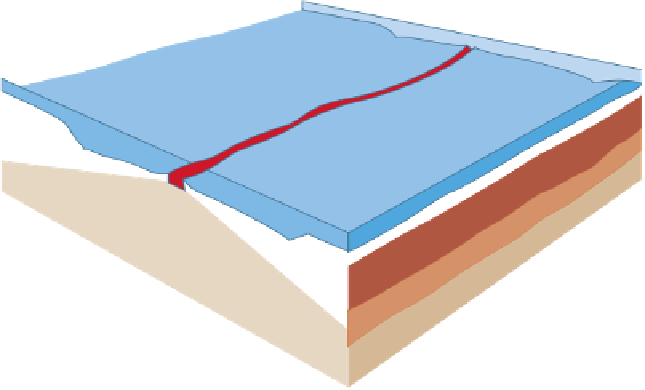







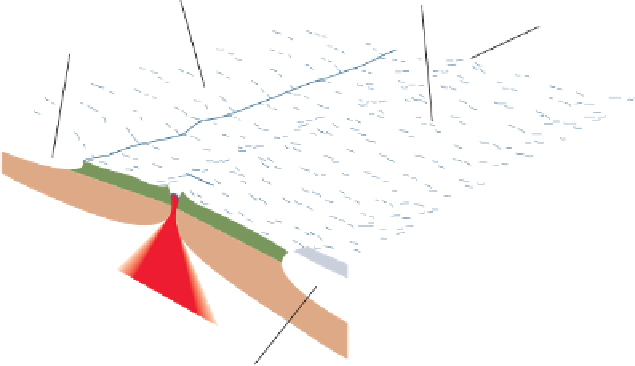
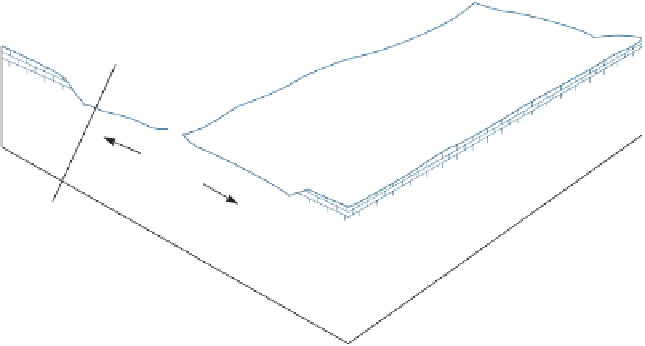









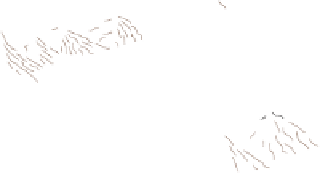
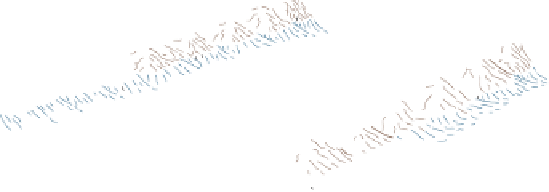
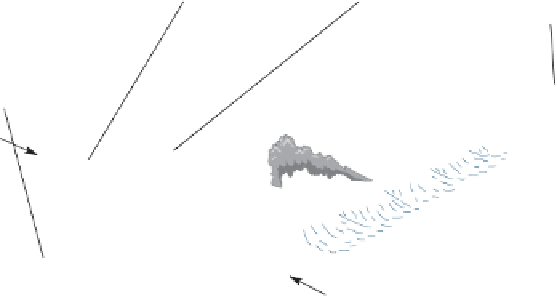





Search WWH ::

Custom Search